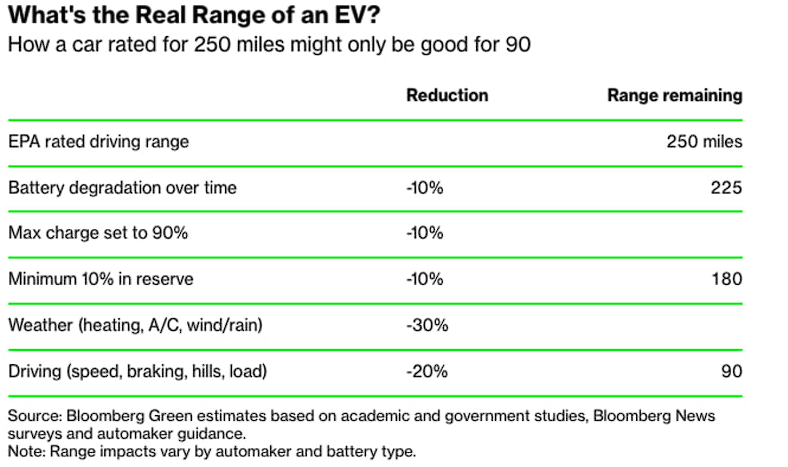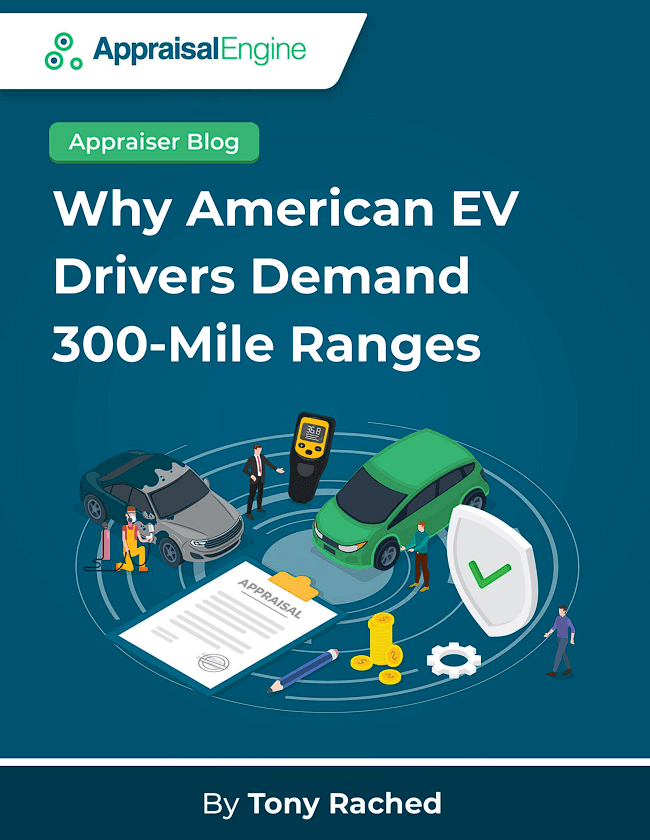Why American EV Drivers Demand 300-Mile Ranges (PDF)
The American love affair with road trips is undeniable. The excitement of packing up, turning up the music, and hitting the open road is deeply ingrained in the culture. However, this passion has hindered the rapid adoption of electric cars in the US. Until recently, the country has been slower to embrace this technology compared to Europe and China, with electric vehicles comprising less than 8% of new-car sales. The American preference for longer ranges is evident, surpassing the global average by approximately one-third. Despite critics questioning the necessity of such extensive range capabilities, Americans’ unique understanding of the limitations and challenges associated with electric vehicle range anxiety sets them apart.

While Europe and China initially embraced smaller electric vehicles with limited range, American consumers have shown a clear preference for longer ranges. Surveys indicate that less than 10% of US respondents would settle for an electric vehicle offering less than 200 miles of range. Recent analysis confirms that Americans demand the longest ranges globally, exceeding the global average by about one-third. Notably, the average range of electric vehicles in the US is poised to surpass 300 miles, a psychologically significant milestone.
Critics question the necessity of such extensive range capabilities, considering the average daily commute in the US is only 55 miles. However, America’s insistence on extended electric vehicle ranges reflects a deeper understanding of the limitations and challenges associated with range anxiety, surpassing common perceptions. American consumers exhibit a nuanced grasp of the intricacies involved in adopting electric cars and navigating the open road, challenging simplistic explanations of their preference for longer ranges.
Factors Affecting EV Range
Various factors impact EV range, leading to the need for longer ranges. Americans travel approximately 14,500 miles per person annually, and their reliance on cars amplifies range concerns. Additionally, weather conditions, driving habits, and additional loads reduce the effective range of an EV. Even under perfect conditions, the rated range is not entirely reliable, necessitating a buffer to avoid getting stranded. Battery degradation over time further complicates the equation, especially for smaller batteries.

You may wonder, is it simply a matter of charging the car? Public charging infrastructure plays a crucial role in alleviating range anxiety. However, the charging speed is not uniform across all EVs. Larger batteries are designed for faster charging, making pit stops more efficient for long-range EVs. Experienced EV owners have learned to adapt their driving habits to extend range, but mass adoption requires fewer compromises.
The Compelling Technological Case for Enhanced Range
Some argue that smaller EVs or plug-in hybrids should be prioritized due to stretched battery supply. However, this argument overlooks the potential for rapid growth in battery production and innovation. Investments in the battery supply chain are skyrocketing, and breakthroughs in battery chemistries, such as high-silicon anodes, promise to increase range without a proportional increase in material consumption. This innovation pattern is typical, where high-end markets pave the way for mass adoption, ultimately reducing costs globally.
While smaller EVs suit some lifestyles and serve urban commutes, the average American consumer prioritizes range to accommodate their needs. The growing availability of EVs with 300-mile ranges has boosted adoption rates in the U.S., outpacing other large markets. Consumers are not ignorant of their driving habits; instead, their deep reliance on vehicles drives their demand for extended ranges.





